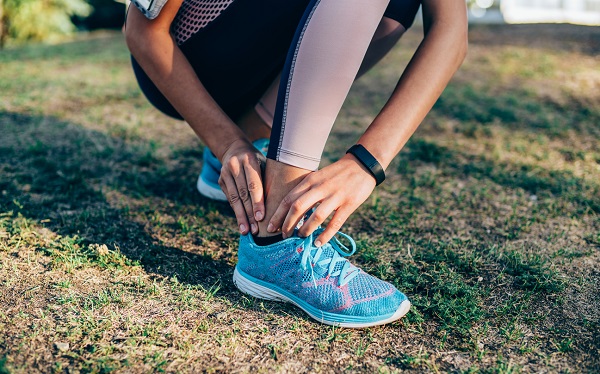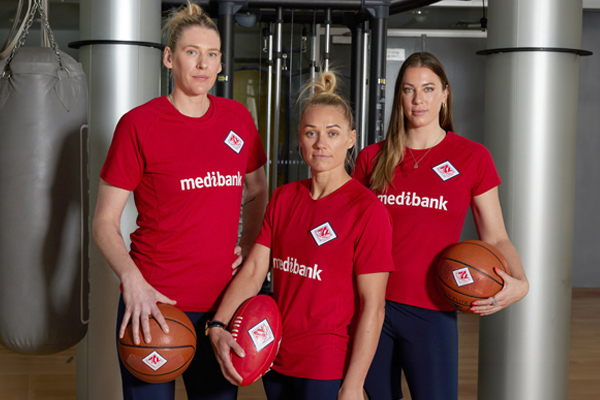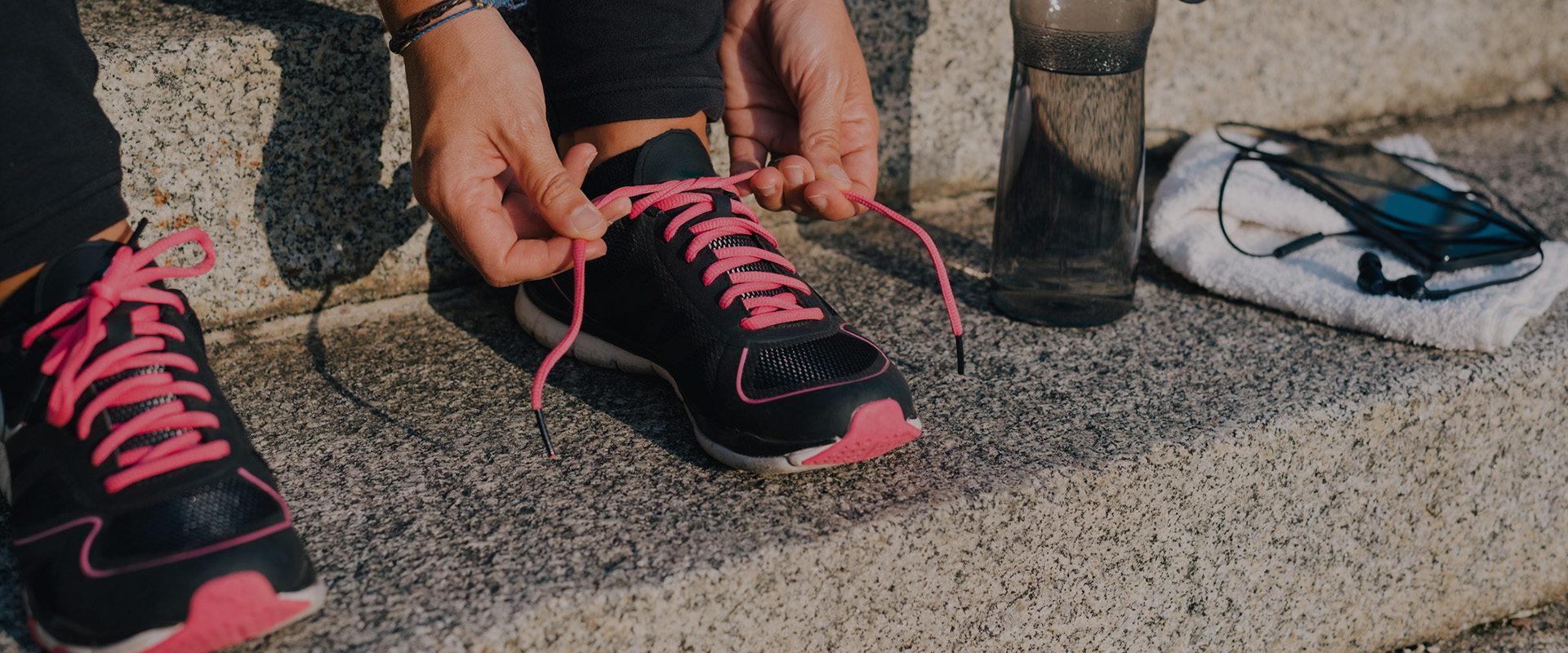-
A common fear for most people planning to start a running routine is that they’re not fit enough. That they’ll be left red-faced, coughing and spluttering as other, more experienced runners glide by effortlessly in their too-tight Lycra shorts.
Guess what? This is highly unlikely to happen if you put in the right preparation. It’s all about starting small and building up slowly. Even if you set yourself a goal of running for two minutes and then walking for three, eventually you will increase your running fitness and be able to run for long stretches at a time.
Benefits of running
Running has been described as akin to medicine for good reason. Many studies have shown that a regular running routine can help prevent obesity, heart disease, type 2 diabetes and a whole range of other illnesses. Plus there’s no denying that running just makes you feel good! It releases endorphins and helps reduce stress.
Learn more about the benefits of running.
Running shoes
Before you get started, it’s well worth visiting a specialty running shoe store. The staff will fit your shoes and can also watch you in action to ensure they’re the best option for your stride.
If you’re choosing on your own, a simple rule of thumb is to make sure your heel fits snugly, while you can still slide your foot out when the shoe is laced up (but not tied). Also, there should be the space of around a thumb’s width between your longest toe and the end of the shoe.
Learn more about how to choose the best running shoes.
Pre work-out
Eating something small before your run can help keep you going for that little bit longer. An orange is a great option as it provides energy and research suggests vitamin C can play a role in muscle recovery; dried dates contain carbohydrates and potassium which may also aid with muscle function, and a milk-based drink is a good idea if you’re running in about 30-60 minutes.
Learn more about food for runners.
Warm-up
Warming up helps prevent injury by loosening your muscles and joints. It also raises your heart rate gradually so you can create a rhythm that’s easier to sustain. A simple pre-run warm-up could involve walking for around three minutes and then slowly increasing to a jog for another two.
Learn more about preventing running injuries.
Cool down post-run
When you’re coming to the end of your run it’s a good idea to slow to a jog for the last few minutes. Once you’re back at home try and eat a small healthy snack like a banana, a handful of berries or a piece of protein. Keep your fluids up and stretch any areas that feel tight or sore – your body will thank you for it the next day.
Learn more about post-run recovery, and cool down with our free stretching guide.
Choose a goal to focus on
As with any exercise routine, it helps to have set goals to work towards.
Learn more about the psychology of goal-setting.
Download your free beginner running plan
To help you prepare for your fun run, or just to support you along your fitness journey, download our free training guides.
How to become a runner (even if you've never run before)

-
How to walk 10,000 steps
Discover how to easily reach your goal of 10,000 steps daily.
-
Everything you need to know about parkrun
Been wondering what a parkrun looks like? Where do you go? What do you do? How do you sign up? Find out here.
-
Five ways to exercise when on a budget
You don’t need to spend money on gym memberships just to meet your fitness goals. Here are five free ways to stay healthy and active when you’re living on a budget.
-
How parkrun changed my life
Christie Farrow went from being an exercise-phobe to a true blue runner with parkrun.
-
Australia's top female athletes unite on ACL injury
Some of Australia's most talented athletes have joined forces to highlight the unique injury challenges women face.
-
How to create your perfect summer fitness plan
Be inspired by the sunshine and get moving
Subscribe to receive the best from Live Better every week. Healthy recipes, exercise tips and activities, offers and promotions – everything to help you eat, move and feel better.
By clicking sign up I understand and agree to Medibank's privacy policy






